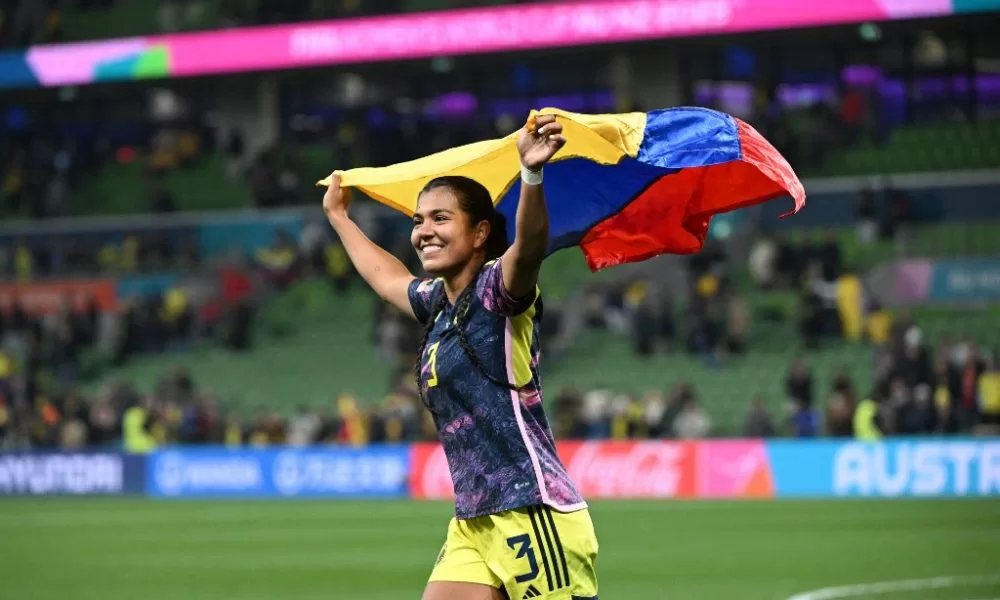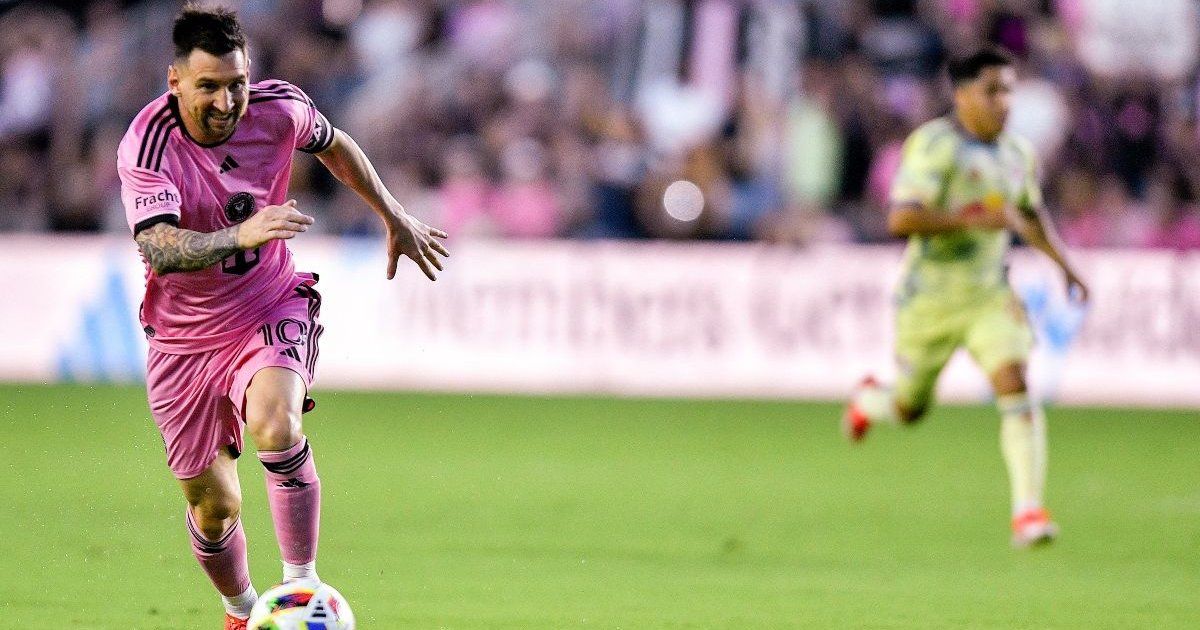This time a year ago, I was in mourning. My grandmother – the woman who had raised me – had died. I’d gone to her funeral in Brooklyn and was planning a few days off to deal with that, and to decompress from the greater American grief of another mass shooting, having just covered the racist murders inside the Tops supermarket in Buffalo, New York.
I remember seeing early reports of a possible school shooting in Uvalde, Texas. I didn’t know where Uvalde was at the time, and there wasn’t a lot of information coming out about what happened. When we get reports of active shooters, I always try to wait to see how they develop, hoping that it turns into nothing. And with Uvalde, the chatter initially died down, so I assumed it was over and I hoped it wasn’t so bad.
Then several hours later we got word of an initial death count of 15. That’s when I was called and told to make my way to the airport and get on the next flight to Texas. I met my producer, Matt Friedman, and we’re on a flight to San Antonio. Like other shootings I’ve covered, I was working my sources, talking to law enforcement officials, and I just couldn’t get a good sense of how this happened. There was conflicting information very early on, which isn’t unusual, but the facts just weren’t adding up. I was really puzzled why there wasn’t more information coming directly from police and officials in Uvalde. The school police chief, Pete Arredondo, gave a statement on camera but took no questions, and because no one was answering anything, I found that suspicious.
We landed in San Antonio and then drove through the worst rainstorm I’d ever been in to get to Uvalde in time for CNN’s morning show. We got to the school that morning when it was still dark out and you saw all the news crews, and people starting showing up to place flowers. A memorial was building and there were police everywhere. And it was just sad and quiet – solemn. It was one of those things where you knew something so bad happened just feet from where you’re standing – at that time, the children’s bodies were still inside the school.
My role as a CNN journalist then was reporting on law enforcement, reviewing investigations and court proceedings, and checking into facts. That morning we had a really long interview with a spokesperson from the Texas Department of Public Safety. Looking back, the answers were very telling. In some ways it was a law enforcement agency trying to give this impression that they went in and did everything they could to save kids. And that the gunman was barricaded – and that word “barricaded” raised all kinds of alerts in my head. I didn’t understand how you could call something a barricaded situation when you knew that there were children inside a classroom – that’s an active shooter situation that needs immediate attention. The conflicting information gnawed at me.
I had more questions I wanted to ask, but I also wanted to listen and be fair. And given that we were not even 24 hours after this horrific event, I didn’t want to be too aggressive.
Police misdirection
Later that Wednesday, Texas Gov. Greg Abbott did his press conference and then the head of the Texas DPS, Steve McCraw, came out and we started to get our window into the timeline. For the first time we got more specific information about how long police waited. And I think it was maybe 40 minutes, and that set off all kinds of alarm bells.
You can see me on air beginning to raise these questions, and off-camera I’m trying to get explanations and all I’m getting is excuses. The next day it became clear when they ended a press conference after I asked how the gunman was “barricaded” that they did not want to talk about failures. And they knew. Given everything that we have learned and reviewing the case files that we obtained, by that time on the Thursday, when that spokesperson came before those microphones they knew exactly what had happened.
I thought McCraw would fix some things at his next briefing, the Friday before Memorial Day. As he gave us this timeline of how kids were calling 911 from the classroom, I was like, wait a second, the kids are calling 911 and the police aren’t doing anything about it. How could that be?
I got the first question, and there was only one thing to ask: what things were being done to help the children calling 911? And McCraw answered: “None at that time.” That hit me in the pit of my stomach. And the facts just kept getting worse.
The next week we got Arredondo and he was not willing to answer questions. He’s claiming he’s cooperating and DPS is saying he’s not cooperating and the finger-pointing is really beginning and everything is getting crazy.
Meeting the families
All told now, we’ve been to Uvalde about 20 times. And viewers saw nothing of one of the most important visits. Matt and I decided to spend a weekend there with no cameras, to meet the families without any pressure. We told them the police weren’t telling us anything, they’re not telling them anything and the only way we can do stories to get to the truth is with their help.
The injured teacher, Arnulfo Reyes, agreed to talk to us. And then we went to a meeting of maybe 60, 70 family members. The family of Irma Garcia, one of the teachers killed, and the father of fourth-grader Jackie Cazares agreed to an interview. That was incredibly emotional – we were talking to a father who lost his child, a son who lost his mother, and his aunt and uncle who lost their sister, all in front of these families who have also lost loved ones. The people I was interviewing were crying and the people in the audience were also in tears, you could hear it.
And that was my first time interviewing families of victims. It just hadn’t been my role before. But listening to them, I knew that the work we were doing was significant. And maybe there was something we could do to help. I didn’t know what it was and I still don’t know. But I felt like these people needed help and we had to do something else about it.
I spoke to some moms of children who had been injured, and then one of the kids – Jaydien – said he wanted to talk to me on camera too. I was so scared, so nervous. I didn’t want him to feel more pain because of anything I asked him. And there’s that moment where he’s talking about hearing gunshots and putting his hands over his ears and that was just so hard.
It was also about this time that I first sat down with Uvalde Mayor Don McLaughlin. All I knew about him was how angry he had been when Beto O’Rourke disrupted a news conference with Abbott and that he was a supporter of gun rights and Donald Trump. In the interview he said something like “if we’re to blame” and I had to say, “What do you mean ‘if?’ You are to blame.” At that point I felt the local police authorities should be taking more responsibility and he was pointing to DPS, and now I think everyone played a role, everyone was to blame as the failures were everywhere.
I’ve come to understand the mayor a little. He calls it as he sees it and I think he feels deeply for the families. I’ve also seen his views evolve on raising the age to buy an assault rifle and more background checks. And we’ve forged a relationship, partly because he’s been blocked from getting information by the district attorney so he’s learned about some of the things that happened in the city police force from us, and then he took action. He’d seen enough from body cameras to know that the acting police chief failed to lead that day, but when we proved he knew about children calling 911 from the classroom for help and still did nothing, the mayor vowed that that officer would have to resign or be fired.
Putting it all together
We were getting information from sources on all sides of the investigation and the community and that helped us piece things together. Parents told us they were upset to see one of the DPS officers shown outside Robb on body camera now working as a school police officer. But what we knew is that she was one of the DPS responders being investigated over their action or inaction that day. And then we found her body camera recording capturing her telling other officers that she would have done more if her own child had been at risk.
That was the first in a series of exclusive reports we’ve put out that have opened the door to accountability – the whole school police force got disbanded, that acting police chief did resign, and we showed how differently Arredondo talked about his actions to investigators than in public. And our reporting has led to some really prestigious journalism awards. I wish we weren’t winning them because I wish this would never have happened. There is nothing to celebrate here, but I try to remember it’s a lesson for people in power that we will hold them accountable, to unwind the facts even in the face of institutional obstacles, and it’s rewarding to hear from younger journalists that they are motivated by what we are doing.
While we were reporting about the DPS officer who went to work for the school, I developed blurry vision in my left eye. I went to get it checked and they thought that maybe I had a swelling in my brain and I needed to go to the hospital immediately. So I came home and went to the hospital but even now they don’t know what it is and the issue continues.
And then my mother died, about three months after my grandmother. I wasn’t close to her all my life but I have a deep, deep love for her and in the last few years she was bedridden and suffering more than any human should. Seeing her pass, and being there for her when she died was a huge relief because I would not have to see her suffer again. I wish she was alive to see this work and the success, I think she’d be very proud.
Uvalde has become a story that’s going to define my year, and my reporting. And as much as I’ve managed to effect change by just going and going and going and demanding answers, the story has changed me too.
I’ve learned to be more compassionate and more fair as a journalist and as a person. I continue to be very disappointed with authorities for what they did and for the lack of communication with the families. Even now, I’m still hearing from families who haven’t got answers about how their loved one died and are looking to me to uncover their loved one’s final moments. I’m appreciative to the people I’ve met and my team who have all been through this with me. The human inter-connectedness of this tragic story significantly changed me and my approach to reporting.
And I believe that we’ve changed law enforcement for the better. I think Uvalde is on the mind of every law enforcement official when they respond to an active shooter, when they are going towards gunfire and doing what needs to be done – making sure people are rescued and given the care they need. It should have happened in Uvalde.


